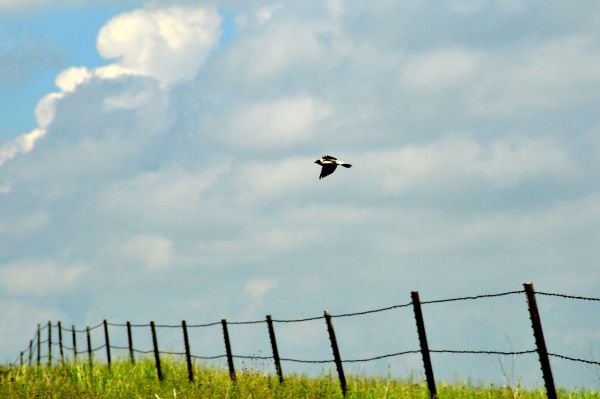
On my latest trip home my mom and I spent a bit of time talking about Bald Eagles. I’d seen quite a few along the Hudson River on my way home – three adults and eight brown-headed subadults between Poughkeepsie and Albany. Mom, who grew up in Cold Spring, was impressed as always by the tally – when she moved away in 1972 eagles were unheard-of. We agreed that the return of the eagles – along with Osprey and other raptors – really showed how nature can often find away to rebound even when all hope seems lost. At least it can if we offer it a little respite and a bit of help.
Unfortunately, sometimes we don’t have the political will to do that. Other times, we don’t know which of several options will help. And sometimes we have no idea where to start, which is where I find myself (on a micro-level) right now. Because while birds have returned to the landscape of my mother’s childhood, one of ‘my’ birds is missing.
Bobolinks used to be a common summer sight on the Olde Homestead. Now, according to my father and brother, they’re rare and show up only in transit when they show up at all. Of course, Bobolinks are grassland birds and like many grassland birds they’ve suffered a long dangerous decline as the grasslands of the U.S. are developed or otherwise lost. A 65% loss of population between 1966 and 2015 is no joke. Still, they’re neither endangered nor threatened, either in North America as a whole or in New York State. Their breeding population stands at about 8 million, according to Partners in Flight.
So now would be an excellent time to reverse the decline, before it reaches a crisis level. And organizations have been created to do just that, like The Bobolink Project in New England. The most basic steps they recommend – preserving grasslands with controlled burns or mowing, harvesting hay fields late enough for young Bobolinks to fledge – are things my family has already done (sometimes not on purpose – for instance, this year heavy rains have delayed hay mowing everywhere in Western New York. The area around us has seen some development and habitat fragmentation, but there are still fields to be found to our west and north. Our own fields haven’t changed shape or shrunk. So what do we do to get the Bobolinks back?
Perhaps our fields were always marginal – we do have a fair number of hedgerows and woodlots – and the smaller population can’t be bothered with us any longer. Or maybe there’s something that’s changed that I’m not seeing. I hope to figure it out and help bring these unique and beautiful birds back for my nephews, though.
Feature image by Tom Koerner, courtesy of USFWS.





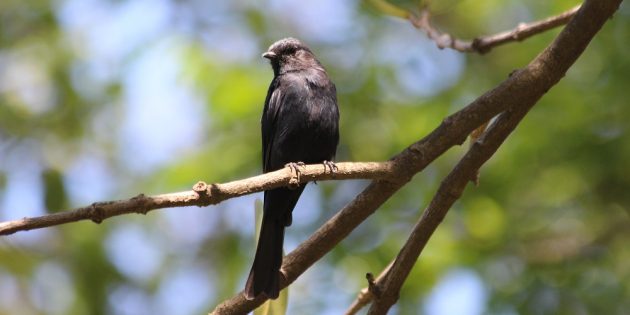

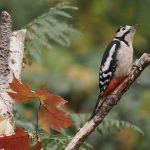
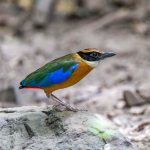
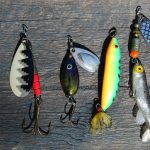

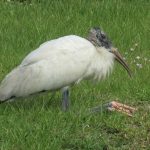
Leave a Comment